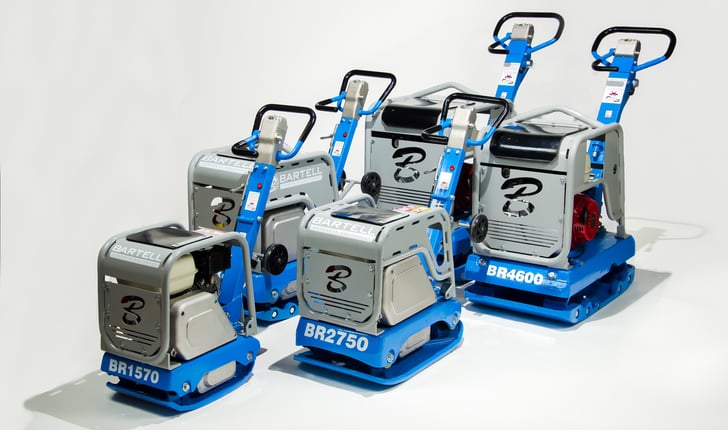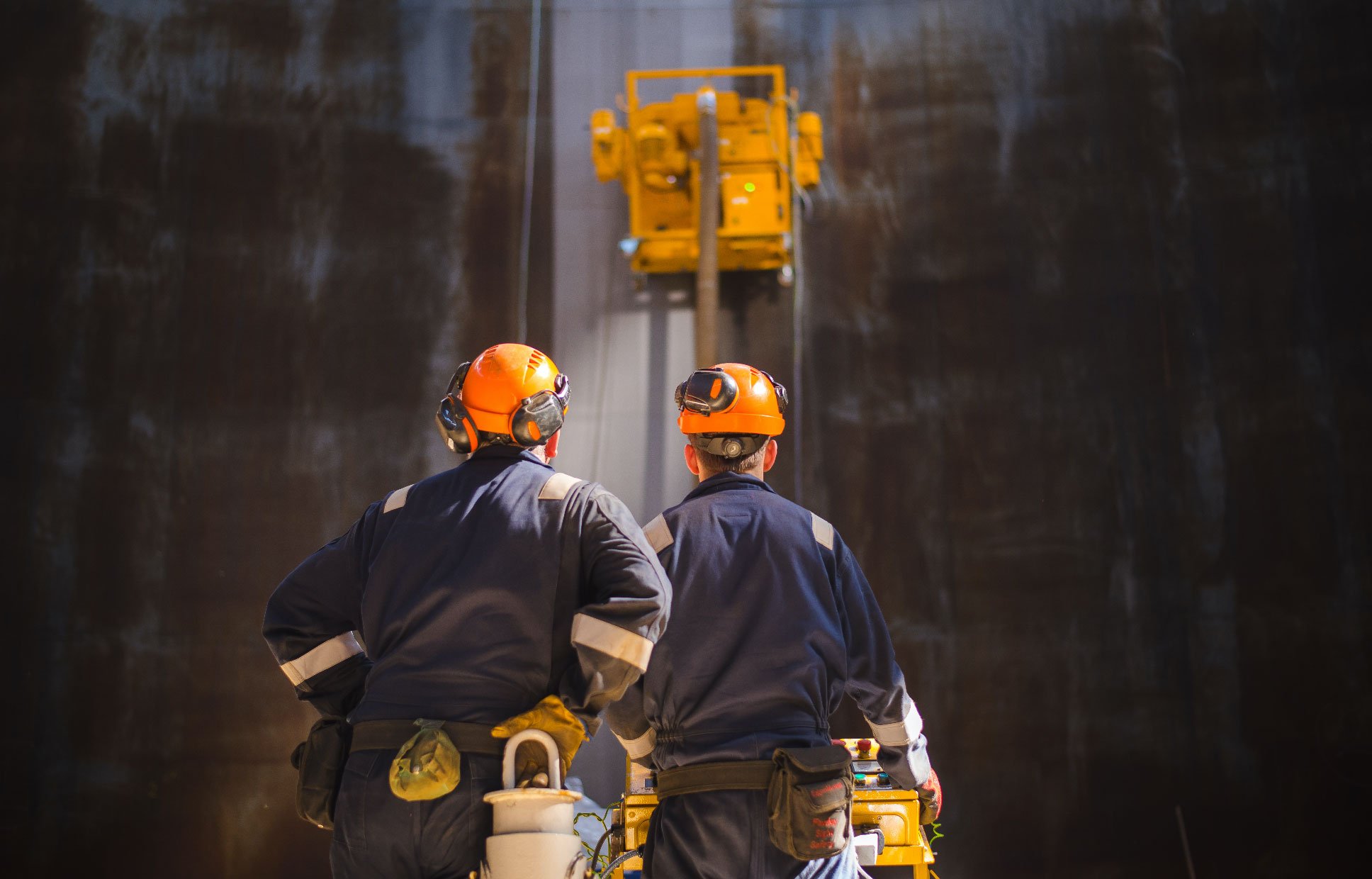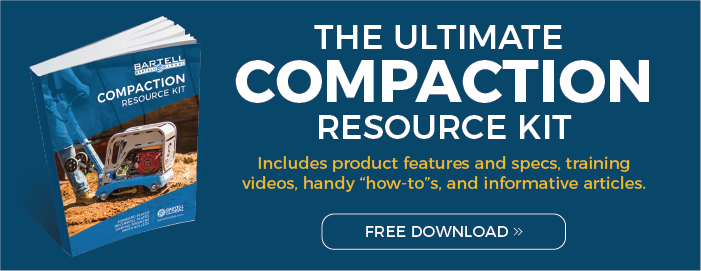Using a compactor may seem like a simple task, but the professionals who use them consistently will tell you that there is a certain kind of skill and understanding required for efficiency and quality.
Two very common outcomes, that are a result of undertrained or careless work are, over compaction and under compaction. Although neither may seem like a big deal, both will affect the efficacy of the area being compacted.
This blog will help those new to compaction, to better prepare for compaction jobs to better prevent over compaction and under compaction.
Understand the Soil to Choose the Right Equipment
First thing you’ll want to understand is the type of soil you’ll be compacting:
1) Cohesive Soil - Clays and clay silts which are hard to break up once dried. They bind in a way that better holds the shape and consistency of the soil.
2) Granular Soils – Mostly gravels and sand with little to no clay. This soil has no cohesive strength and as a result can’t be molded together when wet and is very crumbly when dry. Because of this, it tends to be more difficult to compact.
Once you understand which soil you’re working with, you’ll be able to choose the right piece of equipment. Using the wrong equipment will result in a lot issues as the project continues so this is incredibly important. No shortcuts.
For more information on choosing the right compaction equipment, click hear to read our blog called, “Rammer VS. Compactor: Which is Right for Me?”

Two Common Mistakes
Over Compaction:
You may think that you can’t over compact soil- the more compacted it is, the stronger it is, right? Wrong.
Like anything, there is a breaking point. Over compaction will cause the soil to break down which reduces its support capability because of the separation that occurs within the soil mix itself. This leads to weakness, not strength.
Think of it like this; if you have a pile of small rocks and you want to hammer them down flat, you can do so with the right amount of force. But, if you continue to hammer down on those rocks they will begin to break down into smaller pieces and eventually you’ll end up with sand, which is completely different than what you started with.
Over compaction breaks down the materials in the soil which ultimately can change the composition.
Sometimes you can tell by the response of the machine. If it seems to hit abnormally, that can be a sign that the soil is over compacted.
Most compactors come with a compaction rating. A common trick used in the industry is, take the max compaction depth rating (example, 24 inches) and divide it by 3 (24/3=8). If this number ends up being larger than the layer of soil being placed (say, 4 inches), you run the risk of over compacting. Another simple method for base material is the 1” rule; Your machine can compact 1” of lift for every thousand pounds of compaction force.
Under Compaction:
Under compaction can be a result of few things;
Firstly, not having a large enough piece of equipment to handle a job can result in under compaction.
Secondly, if the operator doesn’t make enough passes with the compactor.
Having the incorrect amount of lift or depth of soil can result in under compaction because as the surface soil becomes more compacted, the impact of the equipment will travel less and returns more of that compaction energy to the piece of equipment. Too much soil and too much depth can be problematic.
Under compaction leads to uneven settlement. Because the soil wasn’t compacted properly, it can’t effectively bear the weight of the structure. For obvious reasons, uneven settlement can lead to structural issues.
For large city building projects, there is usually a special engineer that deals with the soil type and amounts as well as identifying and approving appropriate compaction; but for smaller projects or DIY projects, it’s important to remember these few key tips. Making sure you have the right equipment for the job, as well as understand the type of soil you’re working with, will make a big difference in your results and will help you from over compacting or under compacting.
Make sure to ask questions if you’re unsure and save yourself from future issues. If it’s your first time using compaction equipment, getting proper training is important, and most manufacturers or dealers offer training, so take advantage of those opportunities.


 By
By 